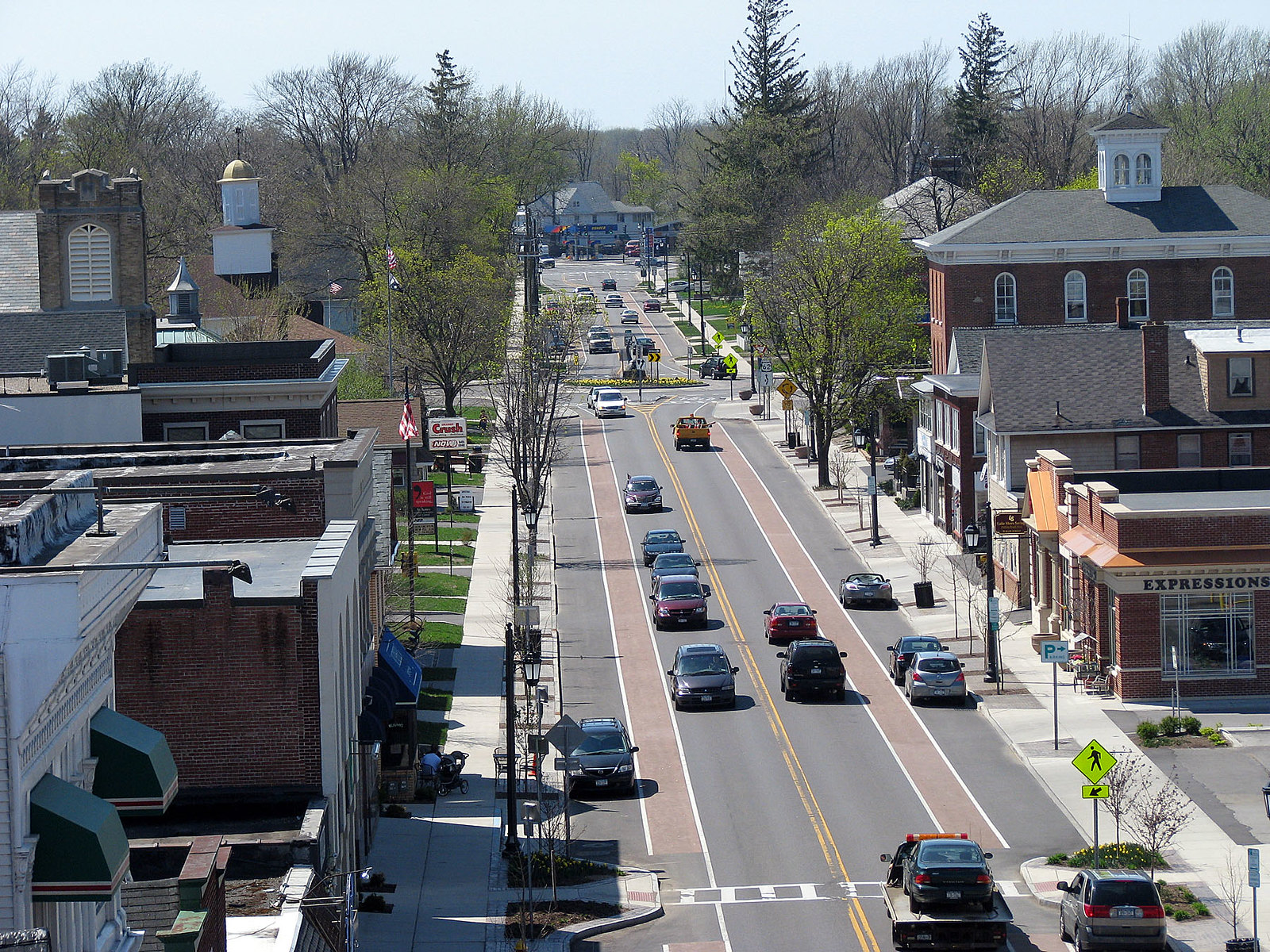He's being called the "other winner" in this election: Nate Silver, the New York Times' poll analyst extraordinaire, once again correctly predicted the winner in every state.
This morning, though, we're more interested in another insight he tweeted a few months ago: "Heuristic: if a place has sidewalks, it votes Democratic. Otherwise, it votes Republican."
Bill Lindeke at Streets.mn says there's something to it:
It’s something I’ve heard before. Bill Bishop’s fascinating book points to the deep connection between urban form and political affiliation. Central cities are overwhelmingly Democratic. In exurbia, it’s the exact opposite.
One of the key reasons why our political experience is marked by incredulity is because of this spatial division. And sidewalks may just be the most obvious sign of this gap. More than anything else, sidewalks can predict your vote, what kind of political values you have.
What is it about sidewalks that make them a political litmus test? Do they symbolize something fundamental? Do they attract liberals like flypaper? Do sidewalks foster empathy and understanding? Which came first, the sidewalk or the egghead?
The question Lindeke asks is whether left-leaning people self-segregate into walkable areas, or if urban areas produce liberals. Another option: Sidewalks tend to make sense in places where other factors -- like, say, demographics -- explain political preferences.
Elsewhere on the Network today: Grid Chicago says Obama's reelection will be good news for biking and walking. BikeWalkLee reports the Florida Department of Transportation has done it again: built a six-lane highway through a neighborhood. And Portland Afoot explains how several local votes yesterday may affect the future of the Columbia River Crossing mega-project.






